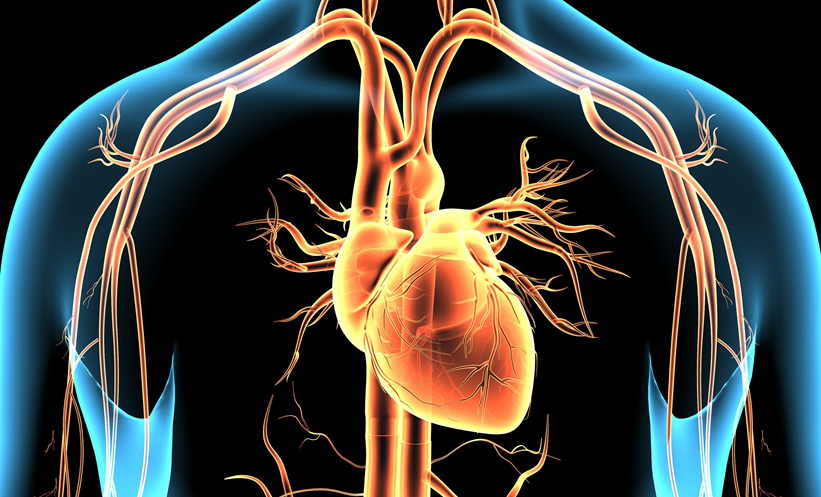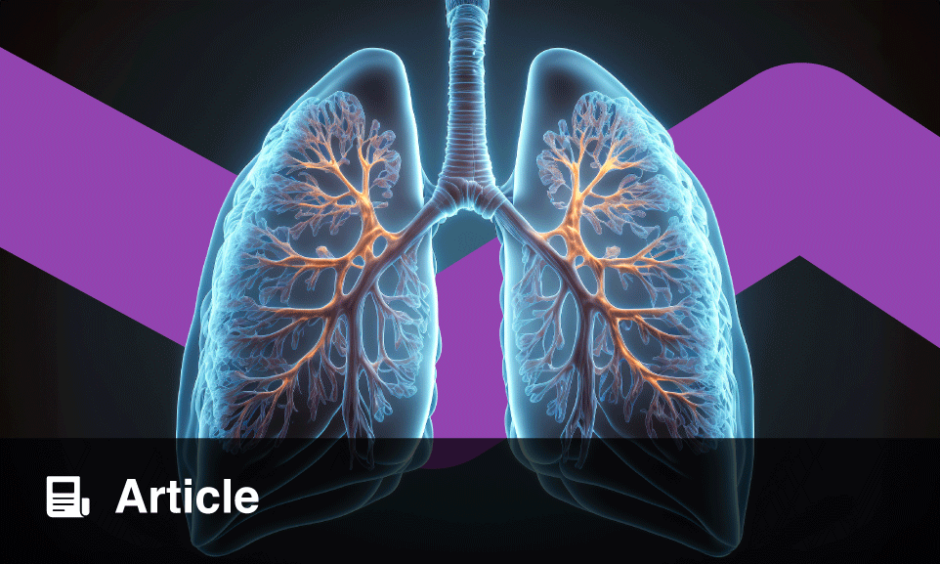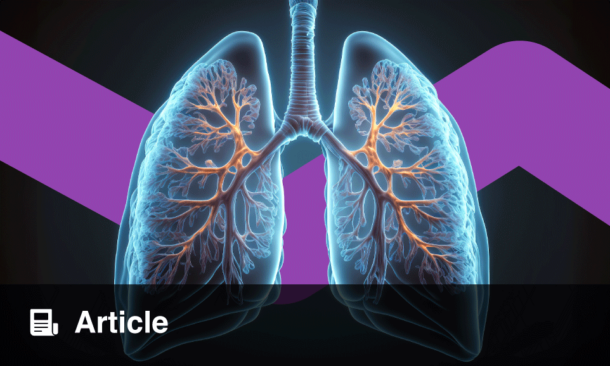A RECENT study, conducted by researchers at Kyushu University, Fukuoka, Japan, has shown that positron emission tomography (PET) imaging, using nitrogen-13 ammonia (13-N-NH3) radiotracer, can predict major adverse cardiovascular events (MACE) in patients with ischaemic heart disease (IDH). This pivotal study, led by Dr. Atsushi Yamamoto, underscores the value of right ventricular myocardial strain ratio (RVMSR) measurements in identifying high-risk patients who may benefit from clinical interventions.
A retrospective study, it comprised 480 patients (mean age: 66 ± 12 years, 69.6% male) with IHD, who underwent 13-N-NH3 PET imaging at Tokyo Women’s Medical University Hospital between January 2017 and January 2021. RVMSR was defined as the ratio of right ventricular strain under stress, to that at rest. MACEs were defined as cardiac death, or hospitalisation for heart failure (HF). The predictive value of RVMSR for prognostication of MACE was evaluated using receiver operating characteristic (ROC) curve and Kaplan-Meier analyses. Cox proportional hazards regression analysis was employed to calculate hazard ratios (HRs) with 95% confidence intervals (CIs).
The researchers analysed the relationship between RVMSR measurements, derived from 13-N-NH3 PET imaging, and MACEs, to assess whether MACEs could be accurately predicted from these values. The results are compelling: over a follow-up period of approximately 3 years, 38 (8%) of patients experienced MACE, with 14 deaths and 24 hospitalisations due to HF. Crucially, patients with an RVMSR below 110.2, indicative of impaired heart function, faced a significantly elevated risk of death or HF compared to those with an RVMSR of ≥110.2 (p <0.001). Likewise, statistical analyses elucidated RVMSR as an independent predictor of MACE, indicating that abnormal RVMSR contributes to MACE irrespective of other risk factors. Of these results, the authors wrote “This result suggests that RVMSR may be useful for further MACE risk stratification in addition to conventional N-13 ammonia PET parameters.”
Despite the promising clinical implications, the authors acknowledged that this type of imaging cannot be realistically implemented on a broad scale, as production of N-13 ammonia radiotracer requires cyclotrons which are scarce in Japan. Additionally, the RVMSR cutoff values were derived from a retrospective study and need validation through prospective blinded studies.
Beyond these limitations, the findings offer hope. “RVMSR could potentially allow further risk stratification in patients with ischemic heart disease and help identify patients who would benefit from invasive intervention,” concluded the researchers.
Reference
Yamamoto A et al. Risk Stratification Using Right Ventricular Longitudinal Strain Ratio Derived from 13N-Ammonia PET in Patients with Ischemic Heart Disease. Radiol Cardiothorac Imaging. 2024;6(3):e230298.








